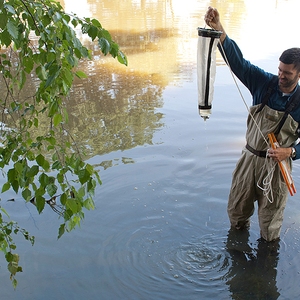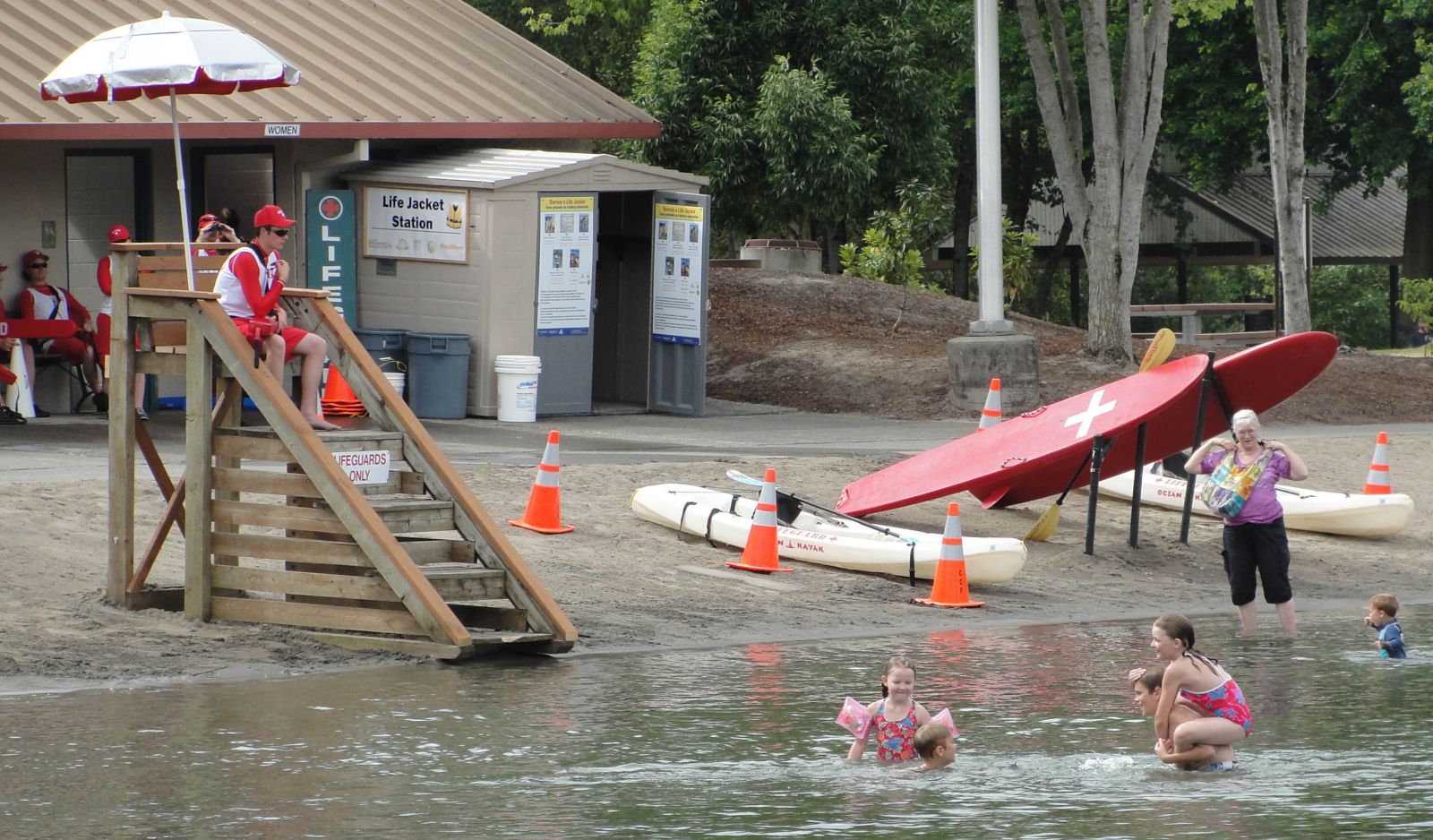Project Overview and Contribution to Sustainable Development Goals (SDGs)
A student team from Embry-Riddle Aeronautical University has successfully implemented a project in Rincón De Yuboa, Dominican Republic, directly contributing to several United Nations Sustainable Development Goals (SDGs). The initiative, known as the Pure Water Project, involved the design, construction, and installation of a solar-powered water purification system. This report details the project’s alignment with global sustainability targets, particularly in the areas of clean water, health, renewable energy, and education.
Core Mission: Addressing SDG 6 (Clean Water and Sanitation)
The primary objective of the project was to provide the community of Rincón De Yuboa with reliable access to clean and safe drinking water, a direct action towards achieving SDG 6: Clean Water and Sanitation. The system, engineered by students, is capable of producing approximately 1,000 gallons of purified water daily.
- System Technology: The installation features a multi-stage purification process, including a reverse osmosis system, various filters, and an ultraviolet (UV) disinfection unit to ensure water is safe for consumption.
- Installation Site: The unit was installed in a central community center to maximize accessibility for local residents.
- Community Empowerment: Local community members were trained in the operation and maintenance of the system, ensuring long-term operational viability and local ownership.
Integration of Clean Energy and Innovation (SDG 7 and SDG 9)
The project’s design demonstrates a strong commitment to sustainable infrastructure and technological advancement, supporting SDG 7 (Affordable and Clean Energy) and SDG 9 (Industry, Innovation, and Infrastructure).
- Renewable Energy: The entire water purification system is powered by solar energy, reducing reliance on potentially unreliable local power grids and promoting the use of clean energy sources.
- Technological Innovation: Developed in the university’s Energy Systems Laboratory, the project incorporated modern engineering solutions, including 3D-printed components. Future plans include the integration of internet-based remote monitoring for real-time diagnostics and maintenance support.
Sustainable Community Impact and Empowerment
Beyond the technical installation, the Pure Water Project established a framework for long-term community health, economic, and educational benefits.
Fostering Health and Economic Sustainability (SDG 3 and SDG 8)
The initiative has had a measurable impact on community well-being and local economic activity, aligning with SDG 3 (Good Health and Well-being) and SDG 8 (Decent Work and Economic Growth).
- Improved Public Health: By providing a sterile water source, the project helps prevent waterborne diseases such as cholera. It has also enabled other health services, such as a visiting dental clinic that required sterile water to perform surgeries.
- Sustainable Economic Model: Purified water is sold at an affordable rate to the local community. The revenue generated is used to fund the ongoing maintenance and operational costs of the system, creating a self-sustaining micro-enterprise.
Educational Outreach and Skill Development (SDG 4)
The project serves as a dual-platform for education, benefiting both the local community and the university students, thereby contributing to SDG 4: Quality Education.
- Community Education: The project’s Water Sanitation & Hygiene (W.A.S.H.) team conducted hands-on lessons in local schools, educating children on the importance of clean water and proper hygiene practices.
- Student Development: University students gained invaluable practical experience in engineering, project management, and cross-cultural problem-solving. This field experience prepares them to be effective professionals capable of addressing real-world challenges.
Project Legacy and Collaborative Framework
The Rincón De Yuboa installation represents the 12th successful mission for the Pure Water Project, which has a long history of impactful work.
History and Evolution
Originally founded in 2010 as Project Haiti, the initiative focused on installing water purifiers in Haitian communities affected by cholera. Following political instability and the COVID-19 pandemic, the project pivoted its focus and established new partnerships to continue its work in the Dominican Republic. This was the third installation in the country.
A Model for Partnership (SDG 17)
The success of the Pure Water Project is a testament to the power of multi-stakeholder collaboration, a core principle of SDG 17: Partnerships for the Goals. The project’s operational model is built upon a network of key partners:
- Academic Institution: Embry-Riddle Aeronautical University provides the educational foundation, laboratory facilities, and faculty leadership.
- Non-Profit Organization: A partnership with the U.S.-based nonprofit Aprodeca facilitates community engagement and on-the-ground logistics.
- Financial Supporters: Funding is secured through a combination of university support, grants, and corporate sponsorship, including a significant contribution from the Procter & Gamble Company.
SDGs Addressed in the Article
-
SDG 3: Good Health and Well-being
The article highlights the project’s focus on “improving community health in a sustainable way.” It mentions the project’s origins in areas impacted by cholera, a water-borne disease, and how the provision of sterile water enabled a free dental clinic to perform surgeries, directly contributing to the health and well-being of the community.
-
SDG 4: Quality Education
This goal is addressed in two ways. First, the university students gain invaluable “hands-on” experience, applying their classroom knowledge to solve real-world problems. The article notes the project is “life-changing for students.” Second, the project’s “Water Sanitation & Hygiene (W.A.S.H.) team visited local schools to lead hands-on lessons on the importance of clean water,” educating the local community’s youth.
-
SDG 6: Clean Water and Sanitation
This is the central theme of the article. The entire “Pure Water Project” is dedicated to bringing “clean water to a community in the Dominican Republic” by designing and installing a water purification system. The project directly addresses the need for safe and accessible drinking water.
-
SDG 7: Affordable and Clean Energy
The project utilizes a “solar-powered water purification system.” By using a renewable energy source, the project ensures the system is sustainable and does not rely on a potentially unreliable or non-existent local power grid, promoting the use of clean energy.
-
SDG 9: Industry, Innovation, and Infrastructure
The students are developing and installing resilient infrastructure (“a solar-powered water purification system”) in a community. The article also points to innovation, mentioning the use of “3D-printed components” and plans to add “internet-based remote monitoring capabilities,” which represents technological advancement and research.
-
SDG 17: Partnerships for the Goals
The project is described as a “partnership with the U.S-based nonprofit Aprodeca.” It also receives funding from various entities, including the university, the “Procter & Gamble Company,” and the Student Government Association. This demonstrates a multi-stakeholder partnership between academia, the private sector, and civil society to achieve sustainable development.
Specific Targets Identified
-
SDG 6: Clean Water and Sanitation
- Target 6.1: By 2030, achieve universal and equitable access to safe and affordable drinking water for all. The project directly works towards this by installing a system that provides “1,000 gallons of clean water daily” to the Rincón De Yuboa community.
- Target 6.b: Support and strengthen the participation of local communities in improving water and sanitation management. The article states that “Locals are trained on how to operate the system,” ensuring community involvement and sustainable management.
-
SDG 7: Affordable and Clean Energy
- Target 7.a: By 2030, enhance international cooperation to facilitate access to clean energy research and technology…and promote investment in energy infrastructure and clean energy technology. The project involves a US university bringing “solar-powered” technology to a community in the Dominican Republic.
-
SDG 3: Good Health and Well-being
- Target 3.3: By 2030, end the epidemics of…water-borne diseases and other communicable diseases. The project’s history is linked to areas “impacted by cholera,” and providing clean, “sterile water” helps prevent such diseases.
-
SDG 4: Quality Education
- Target 4.7: By 2030, ensure that all learners acquire the knowledge and skills needed to promote sustainable development… The project’s W.A.S.H. team leads “hands-on lessons on the importance of clean water” in local schools, promoting education for sustainable development within the community.
-
SDG 9: Industry, Innovation, and Infrastructure
- Target 9.1: Develop quality, reliable, sustainable and resilient infrastructure…to support economic development and human well-being. The installation of the “solar-powered water purification system” is a direct example of building sustainable infrastructure.
-
SDG 17: Partnerships for the Goals
- Target 17.17: Encourage and promote effective public, public-private and civil society partnerships. The project is a collaboration between Embry-Riddle Aeronautical University, the nonprofit Aprodeca, and corporate funders like Procter & Gamble, embodying a multi-stakeholder partnership.
Indicators for Measuring Progress
The article implies several indicators that can be used to measure progress towards the identified targets:
-
For Target 6.1 (Access to safe drinking water):
- Indicator: The volume of clean water produced. The article specifies the system “can produce approximately 1,000 gallons of clean water daily.”
- Indicator: The number of people served by the new water source in the Rincón De Yuboa community.
-
For Target 6.b (Local participation):
- Indicator: The number of local community members trained to operate and maintain the system. The article confirms that “Locals are trained on how to operate the system.”
-
For Target 4.7 (Education for sustainable development):
- Indicator: The number of educational sessions conducted and the number of students reached. The article mentions the “W.A.S.H. team visited local schools to lead hands-on lessons.”
-
For Target 9.1 (Sustainable infrastructure):
- Indicator: The number of sustainable infrastructure units installed. The article notes this was the “Pure Water Project’s 12th installation trip.”
-
For Target 17.17 (Partnerships):
- Indicator: The number and type of organizations involved in the partnership. The article identifies the university, the nonprofit Aprodeca, and corporate sponsor Procter & Gamble.
Summary of SDGs, Targets, and Indicators
| SDGs | Targets | Indicators (as identified in the article) |
|---|---|---|
| SDG 3: Good Health and Well-being | 3.3: End the epidemics of…water-borne diseases. | Provision of sterile water to prevent water-borne diseases like cholera and to enable safe dental surgeries. |
| SDG 4: Quality Education | 4.7: Ensure all learners acquire knowledge and skills needed to promote sustainable development. | Number of local school students receiving hands-on lessons from the W.A.S.H. team. |
| SDG 6: Clean Water and Sanitation |
|
|
| SDG 7: Affordable and Clean Energy | 7.a: Enhance international cooperation to facilitate access to clean energy technology. | Installation of a solar-powered system, demonstrating the transfer of clean energy technology. |
| SDG 9: Industry, Innovation, and Infrastructure | 9.1: Develop quality, reliable, sustainable and resilient infrastructure. |
|
| SDG 17: Partnerships for the Goals | 17.17: Encourage and promote effective public, public-private and civil society partnerships. | Existence of a partnership between a university, a nonprofit (Aprodeca), and corporate funders (Procter & Gamble). |
Source: news.erau.edu







